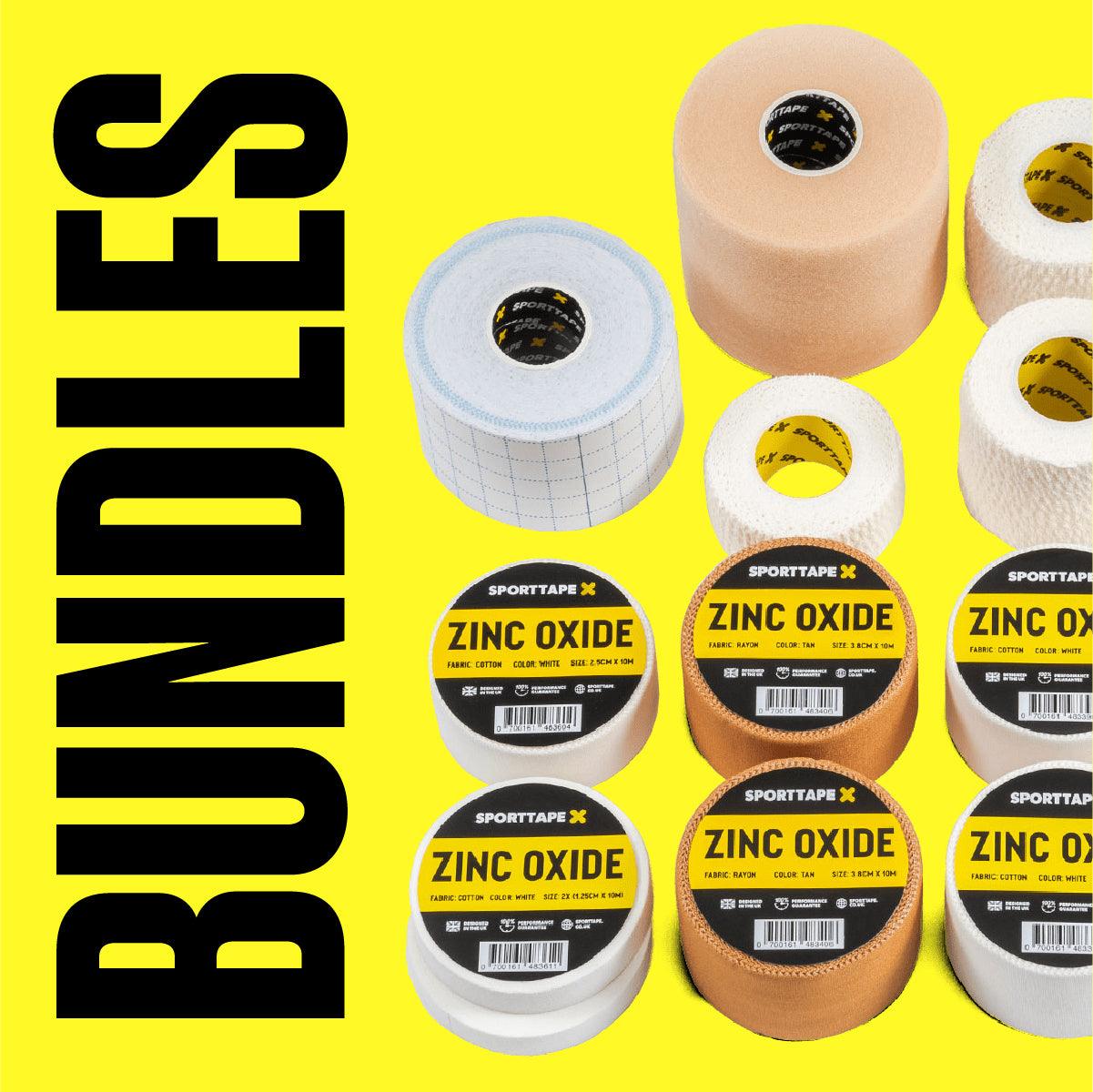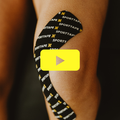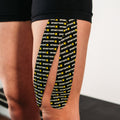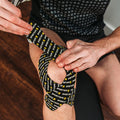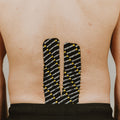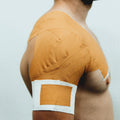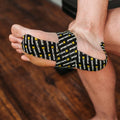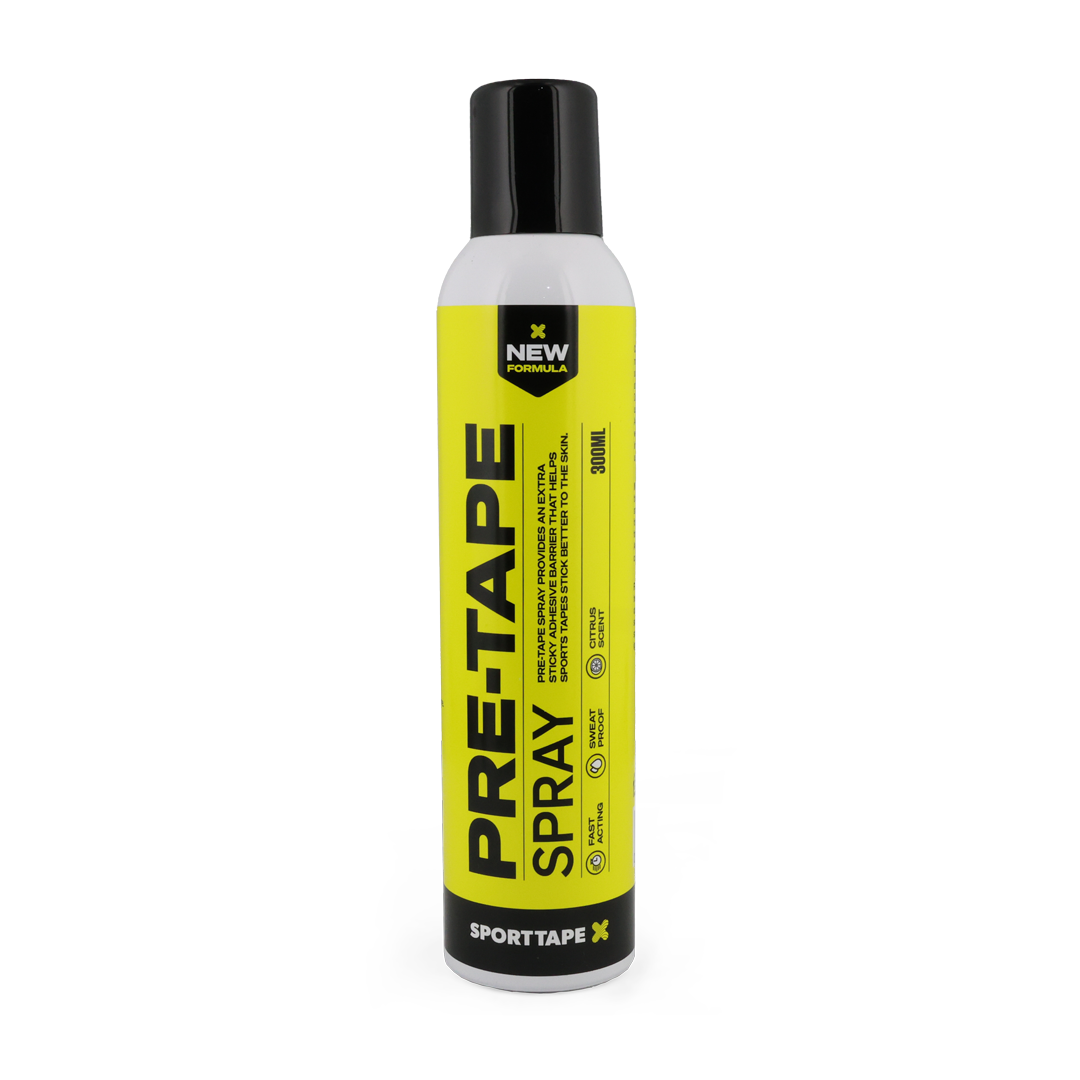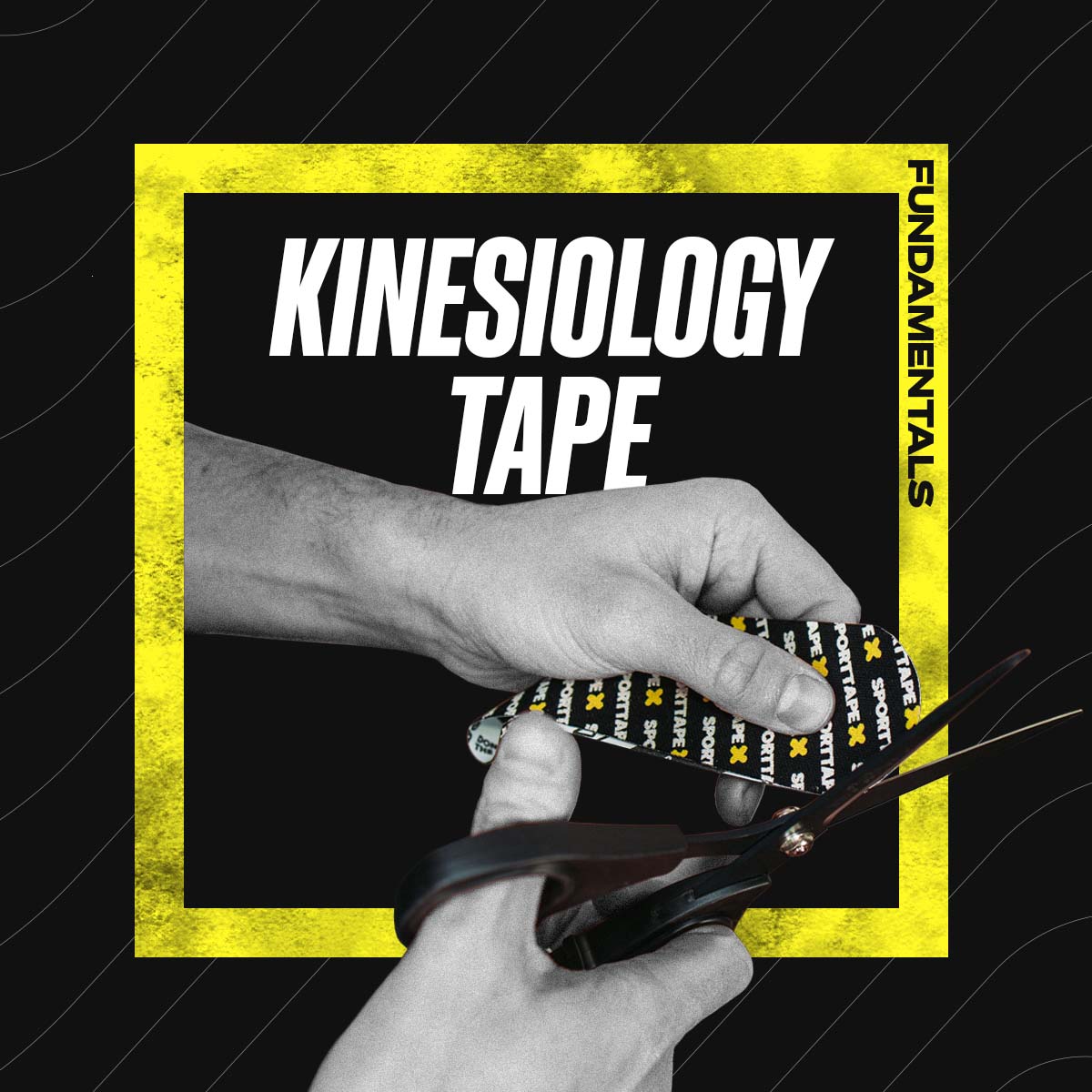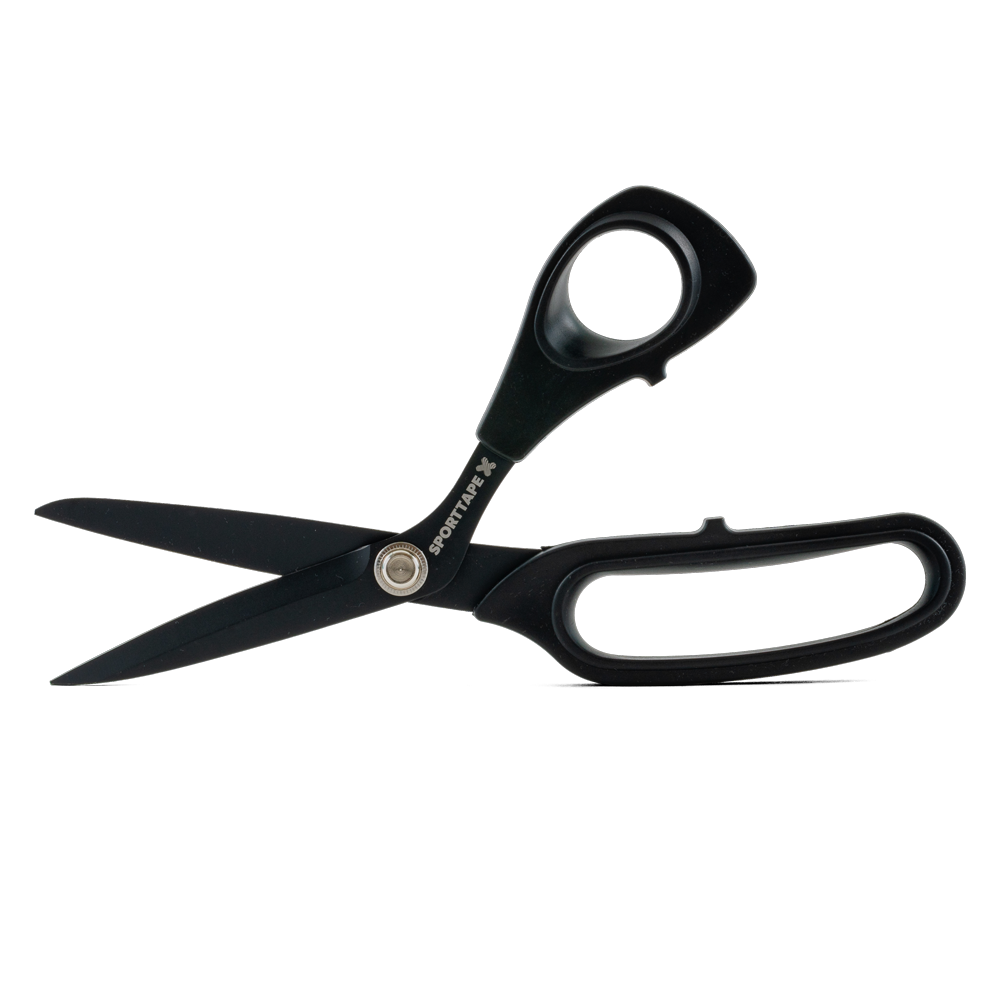Kinesiology Tape has rapidly become one of the most used products in sports medicine. Gracing the bodies of athletes and weekend warriors all over the world as they strive to compete injury-free.
You’ve probably worn Kinesiology Tape at some point. If not, your physio is probably prepping it for your next visit.
SPORTTAPE began as a Kinesiology Taping company, and we’ve seen it all. From crazy applications to miraculous recoveries. But there’s more to it than meets the eye, and a few things that may surprise you…
3 THINGS YOU DIDN'T KNOW ABOUT KINESIOLOGY TAPE:
WHAT IS KINESIOLOGY TAPE?
First of all, what is it? Kinesiology Tape is a stretchy, cotton (or synthetic) tape designed to mimic the elasticity of the skin. It’s used by athletes and therapists worldwide to provide proprioceptive feedback, pain relief and support to joints, muscles and tendons.
Kinesiology Tape has rapidly become one of the most used products in sports medicine. Gracing the bodies of athletes and weekend warriors all over the world as they strive to compete injury-free. They're still commonly made from cotton with various blends of nylon, lycra and other materials to add stretch. Some contain latex (not ours), and fabric density can vary greatly.
Now you know the basics, let's look at some other facts about it that you probably won't know...
1. KINESIOLOGY TAPE WAS INVENTED IN 1970
Most of you won’t have heard of Kinesiology Tape before the 2008 Beijing Olympics, maybe even 2012. However, it was being used a long time before the USA Volleyball Team got their hands on it!
In fact, Kinesiology Tape was actually used in the 1988 Seoul Olympics. Over time, manufacturing methods have improved and physiological understanding has developed. Many of the original claims made by the inventor Kenzo Kase have now been debunked.
2. KINESIOLOGY TAPE MATERIALS CAN VARY GREATLY
As the popularity of Kinesiology Tape spreads, so does the number of brands and manufacturers. However, be warned. Not all tapes are created equal. Material quality and composition can vary greatly from tape-to-tape.
Kinesiology Tapes are still commonly made from cotton with various blends of nylon, lycra and other materials to add stretch. Some contain latex, and fabric density can vary greatly.
3. WE STILL DON'T KNOW EXACTLY HOW KINESIOLOGY TAPE WORKS
You would think that after 50 years of using tape in clinical practice that we would have a perfect understanding of how it works. This isn’t quite the case though.
Research is being done all of the time, and there’s some great studies recently that have shed some light on old theories. We base our theories on the latest research, alongside evidence from physios on the front line.
WHAT MAKES SPORTTAPE DIFFERENT?
SPORTTAPE doesn’t just tick all the boxes. It goes above and beyond. Every detail in our tapes are considered from an athlete’s perspective. If it’s not needed, it’s not included. If it is, we’re going to make damn sure it’s the best.
And that's it! Just like that, you now know three things about Kinesiology Tape that you didn't know before. If you fancy learning more about it or have a question for us about it, get in touch. We'd love to help!










